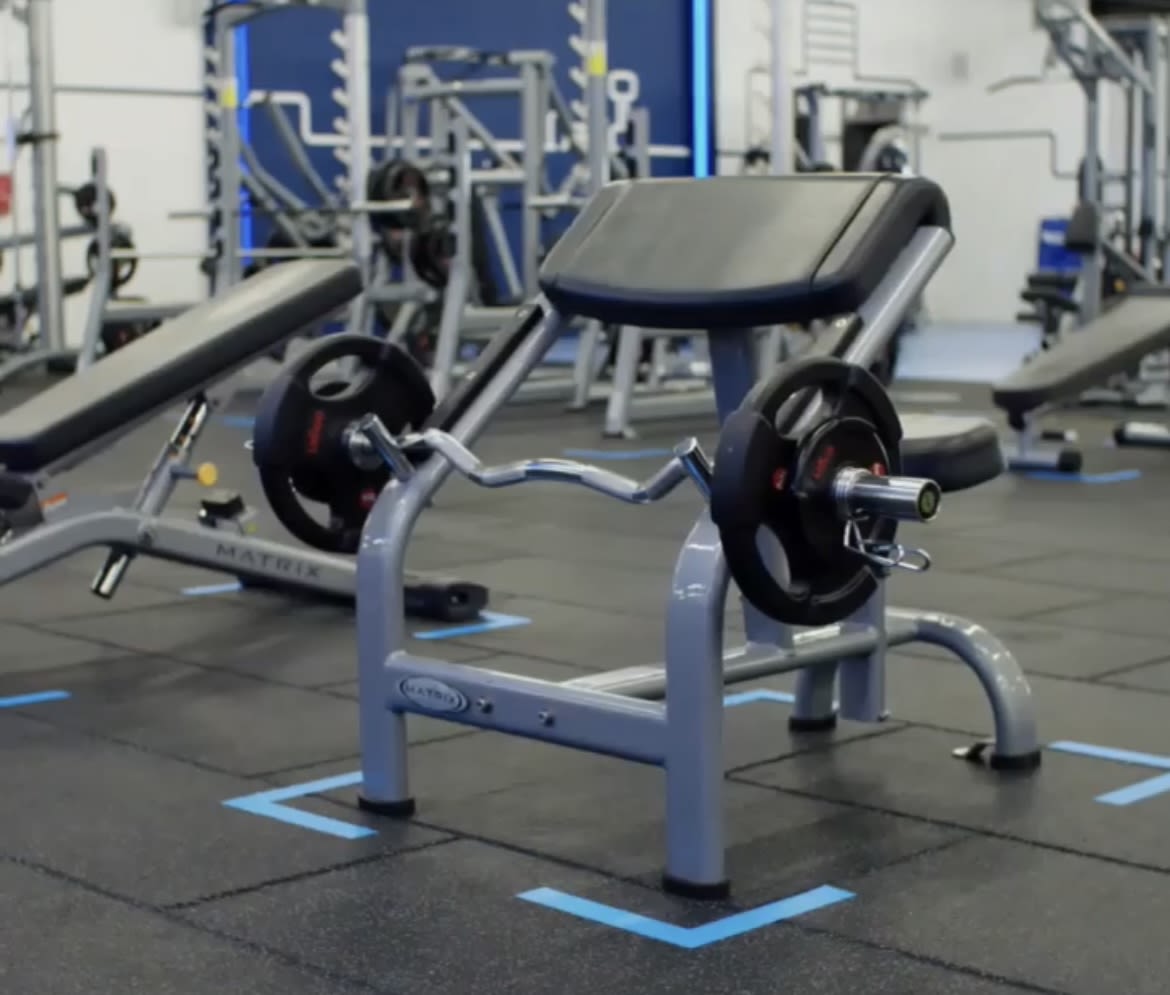Can strength training aid eating disorder recovery?
Its long been known lifting weights is good for mental health and some recent research has suggested it can even help a person recover from an eating disorder.
By Jessica Sharkey
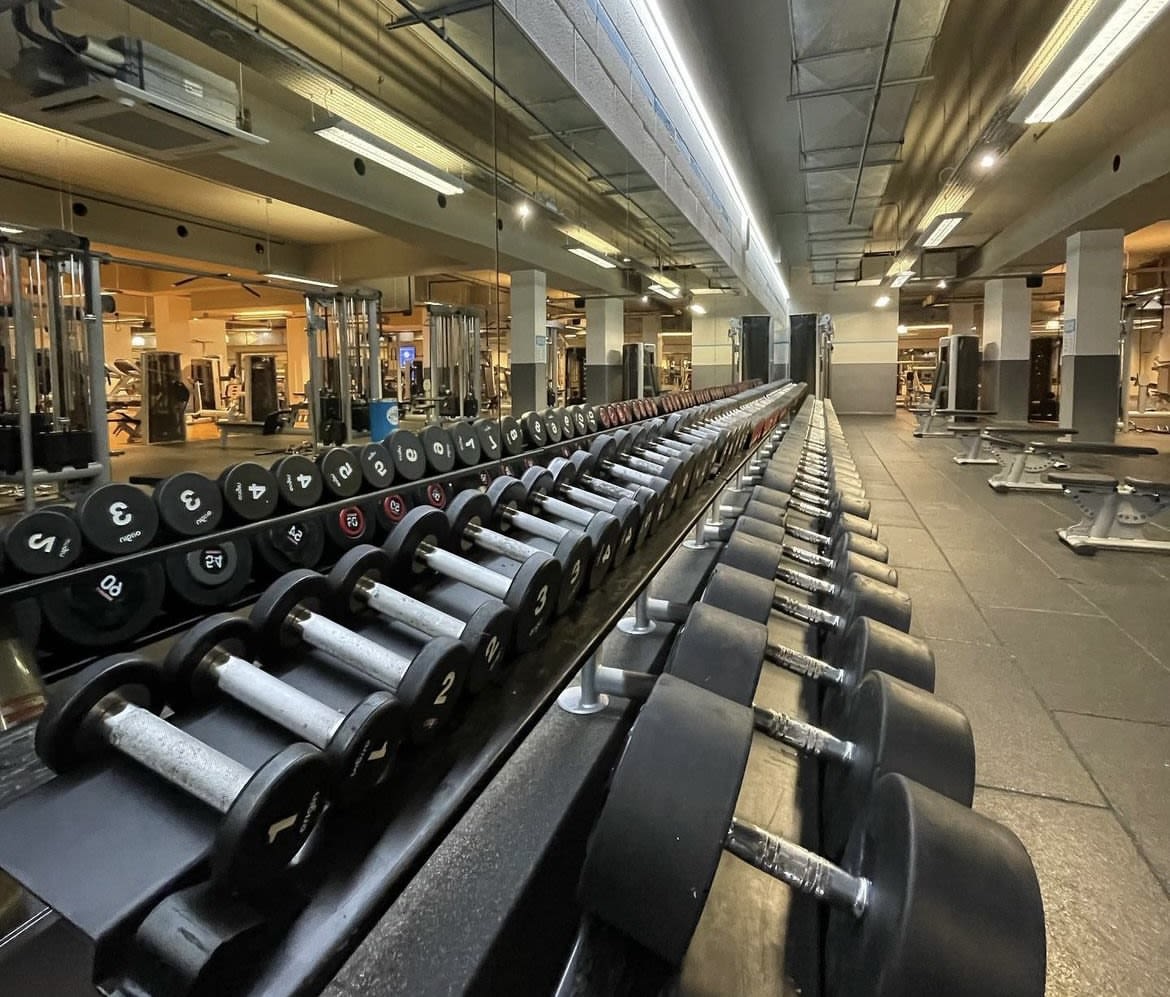
As the wellness industry is booming, the number of eating disorders is rising too.
The Covid-19 pandemic had a devastating impact on people’s mental health, including eating disorders which saw hospital admissions rise by 51% from 1,750 to 2,621 between June 2019 and June 2021.
For some, strength training has become an outlet which they use to recover from disordered eating.
Researchers found women in recovery redirected an “appetite” for aesthetic transformation towards watching their body grow in ability and strength. It can be so successful that top eating disorder charities such as National Eating Disorders Association have recognised the positive link.
So, is there a link?
"Absolutely," said Sophie Medlin, a consultant dietitian and chair of British Dietetic Association for London
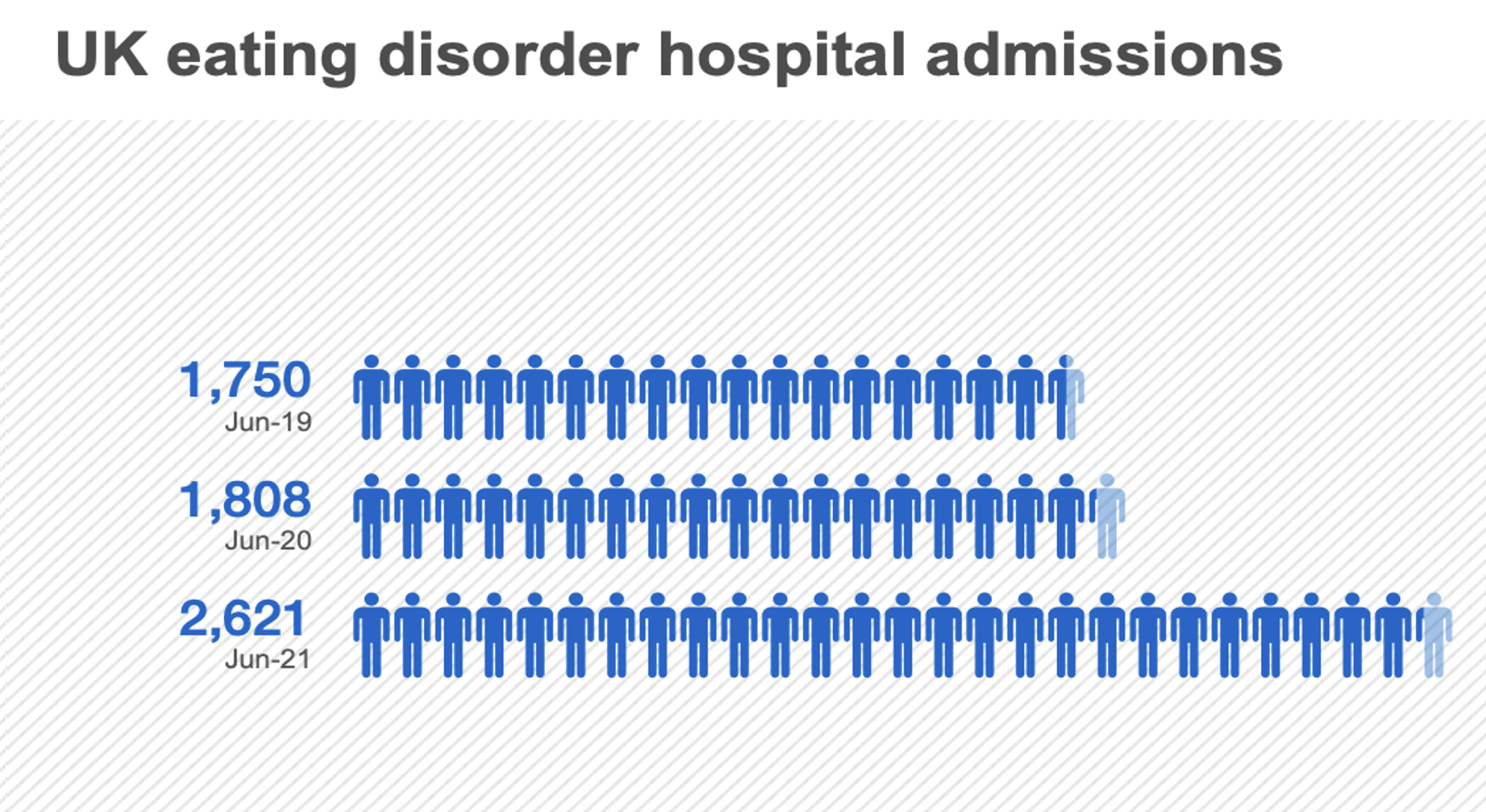
Data: NHS
Data: NHS

Data: NHS
Data: NHS

Data: NHS
Data: NHS
“I think that exercise can be a really important part of eating disorder recovery as long as it’s done in a safe controlled way,” she said. “We know that people who don’t exercise enough are more likely to suffer from poor mental health so finding an exercise that works for you and you enjoy is an important part of building a healthy lifestyle for yourself.
“What I recommend people do is carve out an hour in the day where you think ‘This is my time for movement’ – it could be half an hour or whatever’s right for you. Listen to your body about what you need.”
Social media is a bottomless pit of filtered pictures, edited body transformations and diet supplement advertisements; its also something some psychologists blame young peoples' worsening insecurities on.
This is the selfie generation — the average person takes more than 450 selfies per year and that's just one of the reasons body dysmorphia, a mental health disorder causing a person to become obsessed with their appearance, is on the rise.
Exercise, on the contrary, has long been linked to good mental health so is it really the ‘wonder pill’ for disordered eating many claim it is or can it lead to even worse body image issues?
Is #FitSpo dangerous when it comes to eating disorder recovery?
From fitness inspiration trends — #fitspo — to the popular ‘Strong not Skinny’ campaign, there has been shift in what women should be working towards when it came to exercise. The trend was amplified by the sheer number of popular fitness influencers who said they had recovered from eating disorders and are now prominent faces in the weight-training world.
Sophie Medlin, director of City Dieticians, emphasised, weightlifting and exercise should be introduced in a “safe and controlled way” for eating disorder recovery to be as healthy as possible and ‘fitness’ can sometimes go too far.
Natacha Océane, a biophysicist who boasts an impressive 1.55 million YouTube subscriber count, has long been open about her personal journey.
In several videos on her channel, she describes how so-called ‘fitness’ damaged her health for years. While preparing for her IronMan, she trained for 26 hours per week while undereating — something she has emphasised was not healthy.
Now, Natacha’s channel is instead focused on how to “do something you couldn’t do before”, how good that should feel and the science behind fitness.
In one video, the YouTuber said as a “young and impressionable and extremely gullible girl” she believed in everything she saw — like some supplements, appetite suppressants and transformation pictures. This is a critique many fitness experts, therapists and clinicians share when it comes to the ‘Strong not Skinny’ trend.
Sophie shared her concerns with people suffering from disordered eating getting into weight training and developing a new type of obsessive eating disorder.
MODE stands for muscularity-orientated disordered eating and is an obsession with gaining muscle.
Sophie said: "Some things that social media and, lets say, the 'FitSpo' community have made feel normal and aspirational are things that we actually recognise to be disordered."
Listen to the full conversation here:
Despite her thoughts on MODE, Sophie says there are many ways someone who has suffered from disordered eating can start strength training in recovery and the mental health benefits are clear.
When it comes to training in recovery, personal trainer Aimee Pearce says she is a “passionate advocate” and makes sure her clients know it’s not about how much they weigh, but how much they can lift.
Aimee started her Sheffield-based personal training and bootcamp business 12 years ago and believes the stronger the body, the stronger the mind.
She said: “I think in terms of ED, weightlifting and starting to use weights as part of a training plan can be an important part of the recovery process.
"People recovering from an ED can start to appreciate what their body is capable of through weightlifting and strength training.
"I won't ever discourage a client from wanting to achieve a certain look, I get it. As women we are constantly reminded that we aren't good enough or won't be successful if we don't look a certain way.
“When working with clients with ED my focus as their PT is to show them how wonderful they are, which includes what their body can do. I want them to be able to exercise safely and enjoy feeling strong. With eating disorders the focus can be on how much weight can be lost.
"The shift to weightlifting is often more positively focused on how much strength you can gain and watching the numbers go up on the weights you can lift.”
To discover just how much of an impact weightlifting has on mental health and body image, researchers trialled a WHO-approved resistance exercise training (RET) programme on healthy adults. The programme consisted of twice-weekly weight training with participants increasing the amount of resistance progressively over eight weeks.
The results, like many other studies, showed significantly reduced anxiety symptoms. This reduction was larger than the effect of aerobic-based physical activity interventions in healthy adults as shown in other studies.
"The simplest answer really is people are made to move."
The Covid-19 pandemic caused muscle strengthening activity levels to fall even more between November 2020 and November 2021 by 1.2%. Only 43% of adults over 16 met the NHS-approved guidelines, two or more sessions of muscle strengthening physical activity, during this period when gyms were closed for five months.
The largest drop was seen in the strength activity levels of women — further widening the gap between genders.
Images: WildStrong/ Credit: The Ginger Collective
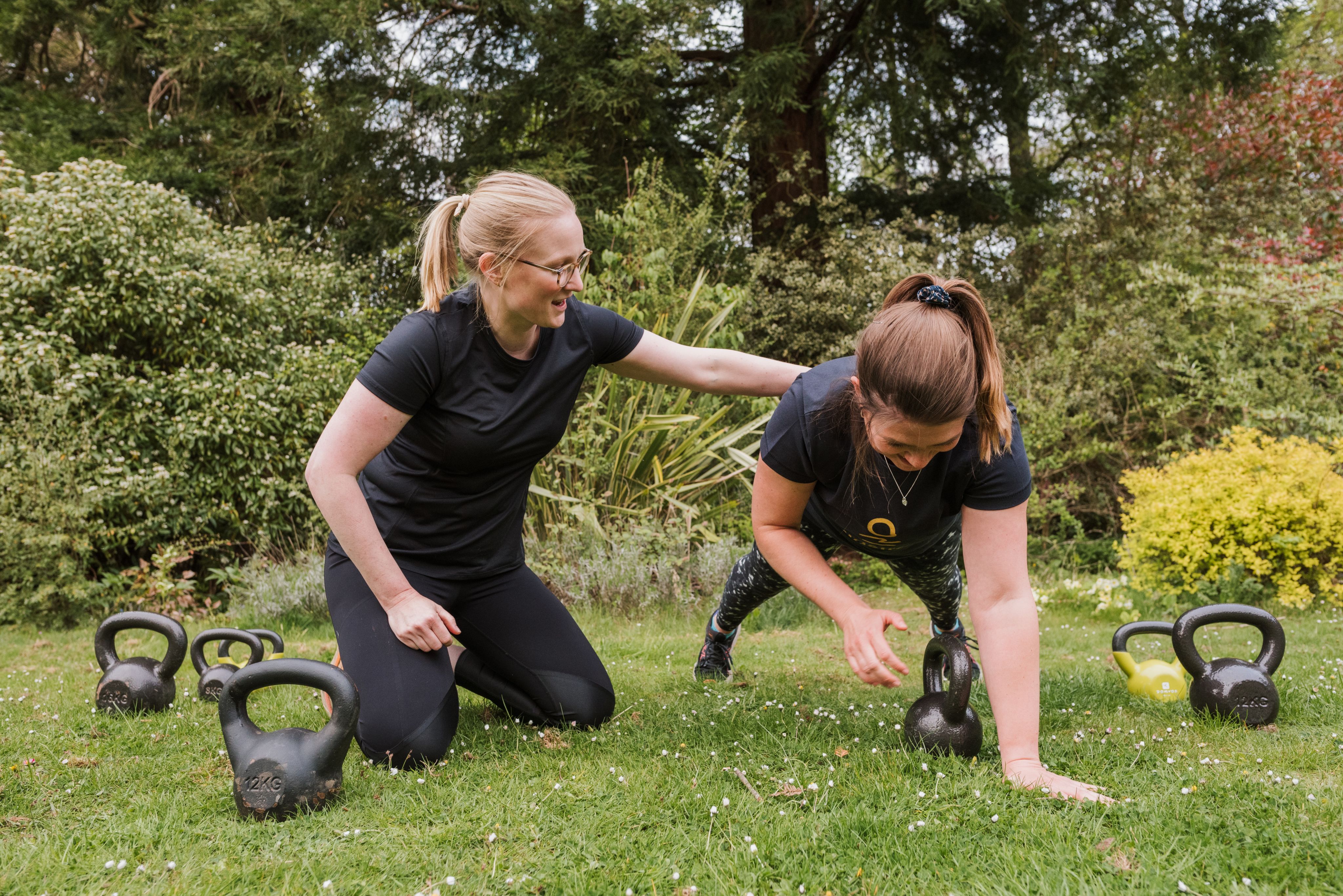
Gillian Erskine, co-founder of fitness workshop organisation WildStrong, believes the gap exists because some women don’t fully understand their strength and are exercising for the wrong reasons — for aesthetics rather than personal motivation. When people develop eating disorders, they often become isolated but WildStrong focuses on the community of group exercise, which Gillian says is the key to leave the obsession with aesthetics behind.
She said: “I think for the women particularly, the confidence they develop over time is really amazing. Most of the women will come in believing they cannot lift anything heavy or jump or anything and it’s a real barrier — but over the weeks you see them turn off that switch in their minds. For a lot of women, the barrier is confidence and with men it’s sort of the opposite.”
WildStrong was launched by Gillian, her husband Andrew Telfer and her sister Mary last year. The sessions focus on group workouts, outdoor classes and boosting resilience.
“Both men and women deal with confidence issues differently,” Andrew added. “With some men, there’s a lot of bravado and they may try and show off with bigger weights.
“Whereas a lot of women are so much more capable than they realise, and they need to give themselves permission to be strong. A lot of times women will hesitate to use a weight that’s more than five kilograms but, as Gill always points out, often women will be carrying their children around who weigh 20 kilos.
"Then in an exercise context all of a sudden they aren’t sure whether they can pick up an eight kilogram kettlebell.”
Andrew, who was involved in the fitness industry for 10 years before venturing into public health, emphasised the extensive effect physical activity has on a person’s mental health and body image.
He said: “The simplest answer really is people are made to move and most people probably don’t move enough or spend enough time in nature.”
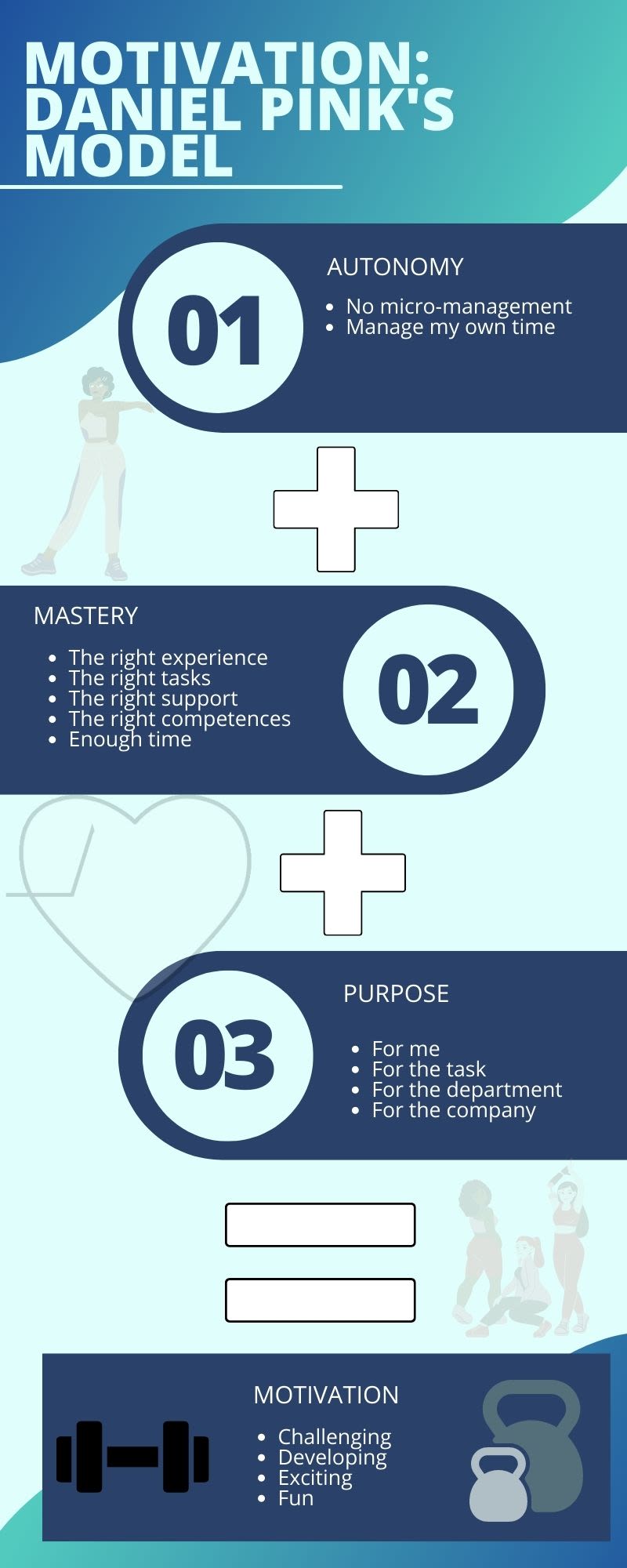
Exercise has the biggest impact on mental health when the motivation is caused by three things, Daniel Pink found. Autonomy, mastery and purpose. Andrew said once people who may suffer from disordered eating stop focusing on a certain body type and instead find the personal motivation to push themselves, their goal becomes something entirely different: strength.
The line between eating disorder recovery and strength training can easily be blurred if it is not done healthily but, as Andrew, Sophie, Gill and Aimee emphasised once strength becomes the goal, exercise can have hugely positive effects.
“The old cliché that you hear is that if you could make a pill with all the benefits of exercise, it would be an absolute wonder pill,” Andrew said.
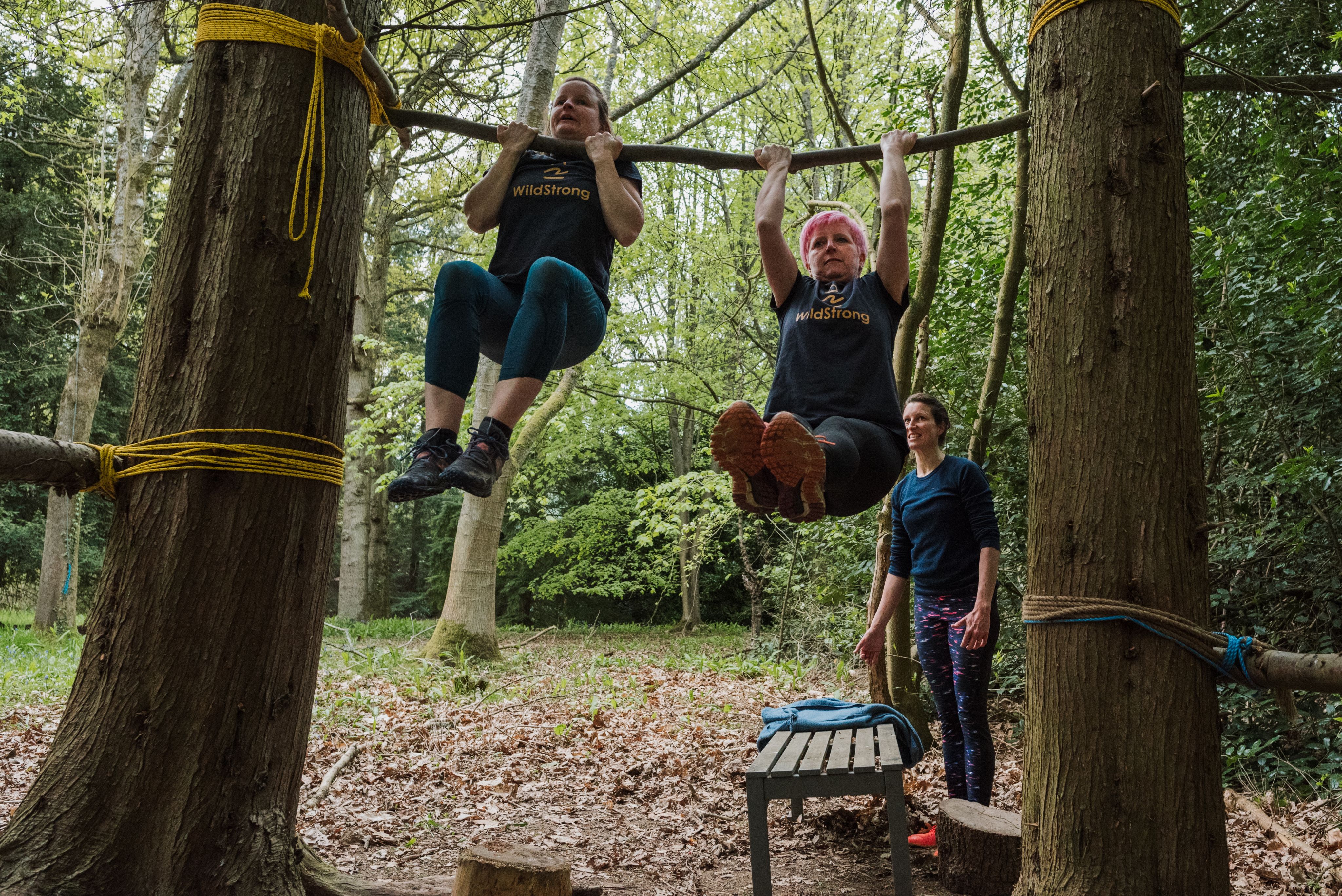
Image: WildStrong/Credit: The Ginger Collective
Image: WildStrong/Credit: The Ginger Collective

Image: WildStrong/Credit: The Ginger Collective
Image: WildStrong/Credit: The Ginger Collective
